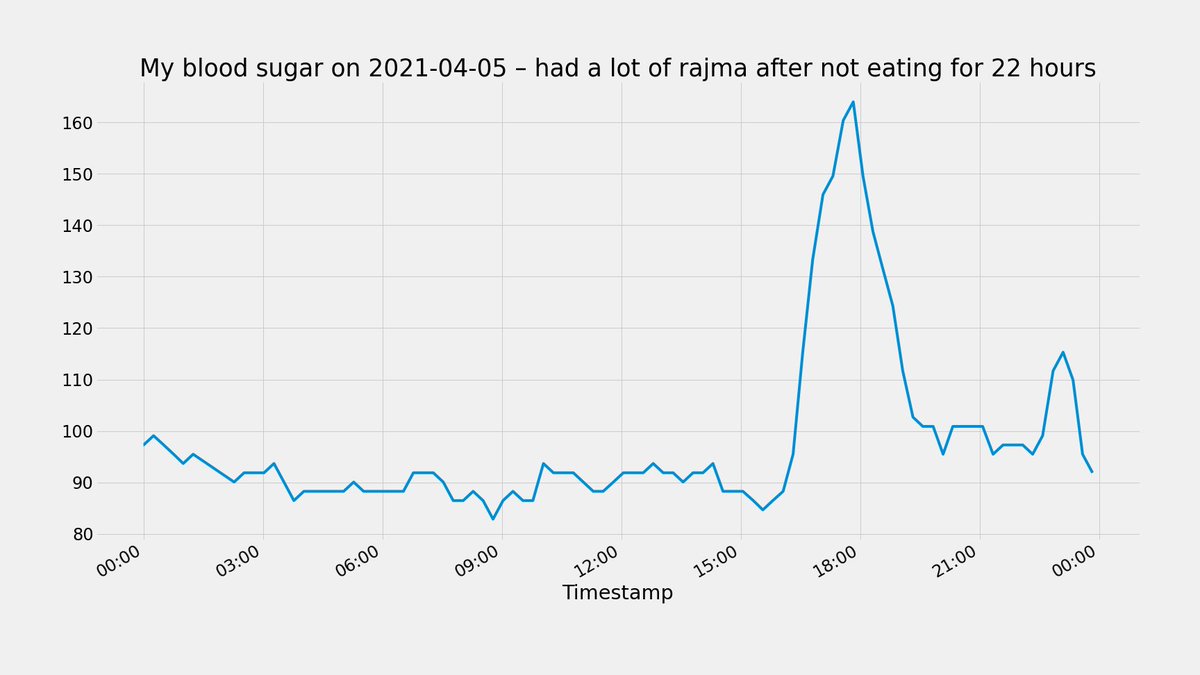This is NOT a blogpost about cash crops in the West Indies. This is more about biology.
I had my first cigarette when I was 21. I was about to graduate from my undergrad, and had decided to “experiment” a bit. Friends who were already smokers warned me that the thing is addictive, and that I need to be careful.
I still remember that cigarette, a Wills Classic Milds shared with a classmate who was a very occasional smoker. I remember feeling high, and weak in the knees in a way I had never felt before (I was yet to taste alcohol, but when I did a couple of months later, it was underwhelming compared to tobacco). It was extremely pleasurable, but I remembered what my smoker friends had told me. It was addictive shit.
That day I made a decision that I’ll smoke a maximum of one cigarette per calendar year, something I’ve lived up to. It’s never been more than one, though in some years (especially in the early years), the 1 was made up of several fractions.
The thing with tobacco is that it is addictive. The high is incredibly high (for a non-smoker like me), but when that passes you have withdrawal symptoms. And you crave for more. If you don’t have friends like me who have warned you about the addictive nature of it, you can get addicted (alcohol doesn’t react that way – beyond a few drinks you don’t want to drink more. And I don’t have annual limits on alcohol consumption).
A few prescription drugs act the same way – most notably (in my experience) antidepressants. They are biologically addictive and when you stop having them, the body starts having strong withdrawal symptoms. So you need to be careful in terms of getting on to antidepressants because getting off them is not easy.
Caffeine is the same as well – and I continue to be addicted to it. Two days without coffee and I get the same kind of withdrawal symptoms I had the last time I was getting off antidepressants.
And thinking about it, it’s the same with sugar (or any other high carb foods). When you consume too much sugar (or carbs), the body needs to produce a lot of insulin to be able to deal with it. The insulin thus produced is like a demon / genie (based on the sort of myths you favour) – once it has devoured the excess sugar, it devours the “regular blood sugar” as well, leading to a massive sugar crash.
It was possibly my psychiatrist who pointed this out in a consultation a few months back (and so I officially have a medical prescription that says “follow a low carb diet”) – that these sugar crashes are what lead to bouts of low mood and depression, and that the way to keep my mood good is to not have sugar crashes, which means not eating much sugar.
Similarly, she told me that the reason I sometimes wake up in the middle of the night ravenously hungry and unable to sleep back is likely due to a sugar crash. And so I need to have a low-carb dinner. I found this the hard way last night when I had noodles for dinner (my blood sugar levels are especially sensitive to pulverised grains (including the supposedly “healthy” ones like ragi, jowar, etc.) – whole rice is fine for me, but not rice flour), and found myself awake at 4 am and unable to sleep. As it happened, I resisted the temptation to eat then and slowly fell back asleep at 6 (luckily today was not a “gym day”).
As if this morning’s sugar crash wasn’t enough, after lunch today I ate some sweets that a colleague had got to office. Sugar crash duly happened an hour later, and how did I react? By reaching for the same sweets. Yet another crash happened as I got home – and I reached for some sweets my wife had got today. I’m writing this awaiting another sugar crash.
Thanks to the functioning of insulin, sugar can behave like tobacco. You eat and feel good, and then the crash happens. And you eat more. Spike again, crash again. And so on and so forth.
When I examine my own periods of putting on weight or becoming mildly depressed (now that I think of it, they are correlated), it’s because I get into this eating cycle. Eating more carbs means I get more hungry. And I eat more. Which makes my hungrier. And that goes on.
The only way is to wilfully break the chain – by skipping meals or having very low-carb meals. Once you’ve done this for a considerable period of time (I managed this easily between last Thursday and last evening), your body feels less hungrier, and you get on to a sort of virtuous cycle. And you progressively get better.
And then it takes one noodles meal or a sweet offer to get back into the vicious cycle. Some people have famously “quit smoking hundreds of times”. I’ve also “gone on a low cab diet hundreds of times”.



